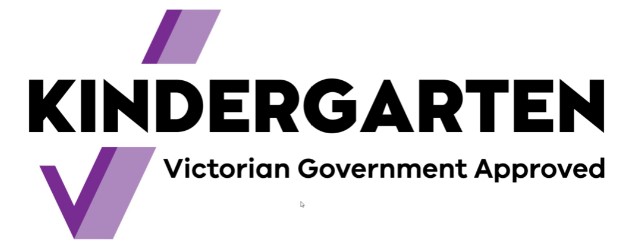The Importance of Anaphylaxis First Aid Management for Kindergarten Staff in Preston
05 November 2021Anaphylaxis is a severe, rapidly progressive allergic reaction that is life-threatening. The most common allergens for school-aged children are peanuts, eggs, tree nuts (e.g. cashews), cow’s milk, fish and shellfish, wheat, soy, sesame, latex, certain insect stings and medications. Approximately 80 per cent of all Victorian government schools have a child enrolled who is at risk of anaphylaxis. The keys to preventing an anaphylactic reaction are planning, risk identification and minimisation, awareness and education.
What Is An Allergic Reaction?
An allergy occurs when a person’s immune system reacts to substances in the environment that are harmless to most people. These substances are known as allergens and are found in house dust mites, pets, pollen, insects, moulds, foods and some medicines.
What Is Anaphylaxis?
Anaphylaxis is a severe, rapidly progressive allergic reaction that is life-threatening. Allergic reactions, including severe life-threatening allergic reactions (anaphylaxis), are becoming more common in children. Deaths are less common, however, deaths do occur and anaphylaxis must therefore be regarded by schools as a medical emergency requiring a rapid response. Please note that any student with a diagnosed allergy is at higher risk of their condition progressing to anaphylaxis and should be monitored carefully.
What Are The Main Causes?
Research shows that students in the 10-18 year age group are at the greatest risk of suffering a fatal anaphylactic reaction. Certain foods and insect stings are the most common causes of anaphylaxis. Nine foods cause ninety-five per cent of food-induced allergic reactions, including anaphylaxis, in Australia: peanuts, tree nuts (i.e. hazelnuts, cashews, almonds, walnuts, pistachios, macadamias, brazil nuts, pecans, chestnuts and pine nuts), eggs, cow’s milk, wheat, soy, fish, shellfish (e.g. oysters, lobsters, clams, mussels, shrimps, crabs and prawns), sesame seeds. Other common allergens include some insect stings, particularly bee stings but also wasp and jumper jack ant stings, tick bites, some medications (e.g. antibiotics and anaesthetic drugs) and latex.
Treatment of Anaphylaxis
Adrenaline given as an injection into the muscle of the outer mid-thigh is the first aid treatment for anaphylaxis. Individuals diagnosed as being at risk of anaphylaxis are prescribed an adrenaline autoinjector for use in an emergency. Currently, the only available brand of adrenaline autoinjector in Australia is EpiPen®. The Epipen is prescribed for those weighing over 20kg. The EpiPen® Jr. contains a smaller dose of adrenaline and is prescribed for those weighing 10 – 20kg. These adrenaline autoinjectors are designed so that anyone can use them in an emergency.
Duty of Care
All schools have a legal duty to take reasonable steps to protect their students from reasonably foreseeable risks of injury. In some circumstances, school volunteers engaged in school activities also have a duty of care to students. E.g. where volunteers have a direct supervision role with a student at risk of anaphylaxis, and where there are no school teachers present.
Concerning anaphylaxis management, a school’s obligations extend to whether it knows or ‘ought reasonably to know that an enrolled student has been diagnosed as being at risk of anaphylaxis. The school and its staff have a duty to take reasonable steps to inform themselves as to whether an enrolled student is at risk of anaphylaxis.
SOURCE
Victoria State Government Education and Training. (2017, July). Anaphylaxis Guidelines A resource for managing severe allergies in Victorian schools. Retrieved October 13, 2021, from Victoria State Government Education and Training: https://www.education.vic.gov.au/Documents/school/principals/health/Anaphylaxis_Guidelines_FINAL.pdf

